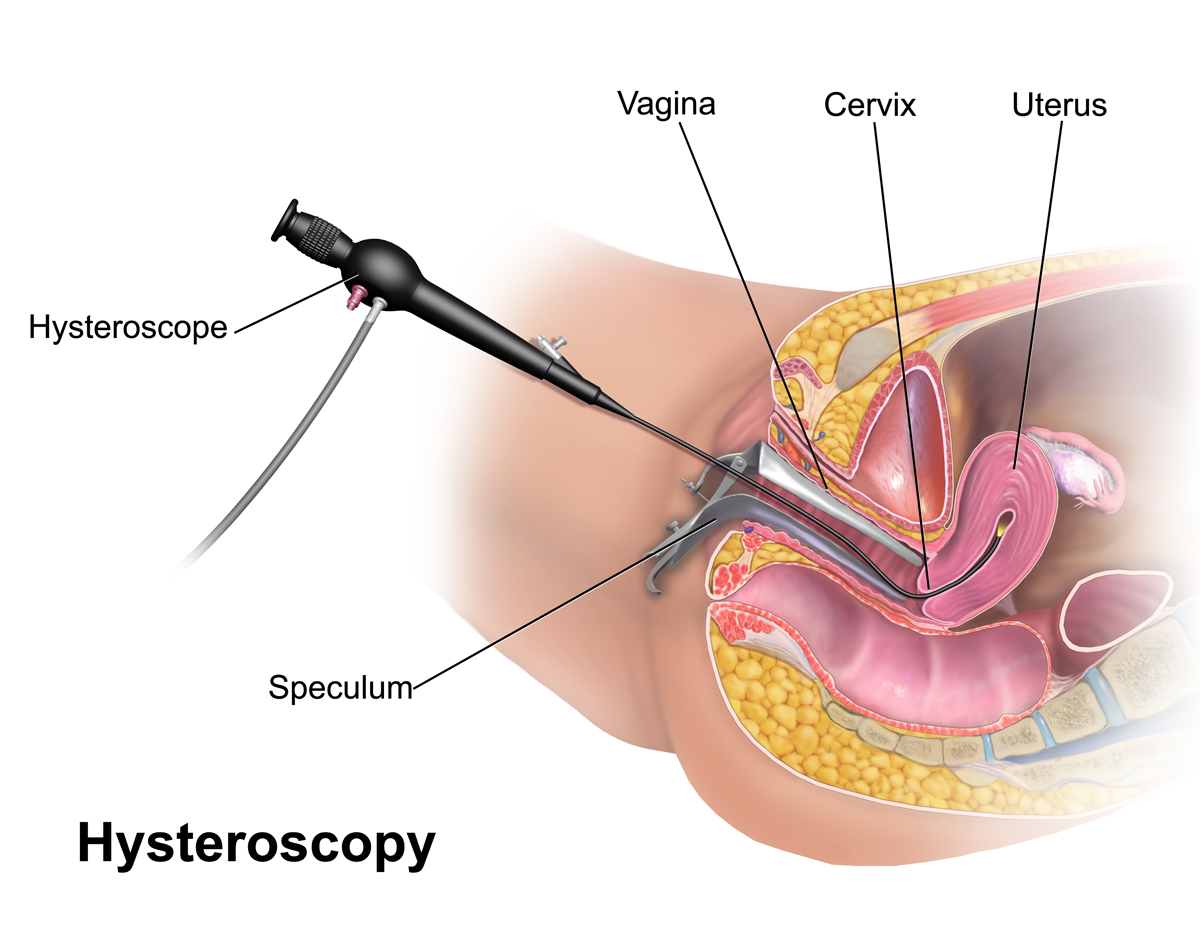Hysteroscopy
Hysteroscopy is a minimally invasive medical procedure that serves both diagnostic and therapeutic purposes for the uterus. A hysteroscope, a thin, flexible tube equipped with a camera, is gently inserted through the cervix into the uterus. This provides a direct visual examination of the uterine cavity, enabling healthcare providers to diagnose various uterine conditions and, in some cases, treat them during the same procedure. Hysteroscopy is commonly used to diagnose and manage conditions such as abnormal uterine bleeding, polyps, fibroids, uterine adhesions, and congenital abnormalities. What makes hysteroscopy particularly advantageous is its minimally invasive nature, resulting in smaller incisions or no incisions at all, reduced scarring, and quicker recovery times compared to traditional open surgery. For individuals considering a hysteroscopy, consulting with a gynecologist or specialist is vital. It provides a comprehensive understanding of the procedure's reasons, potential therapeutic applications, and what to anticipate during and after the examination, ensuring informed and tailored care for uterine health.
